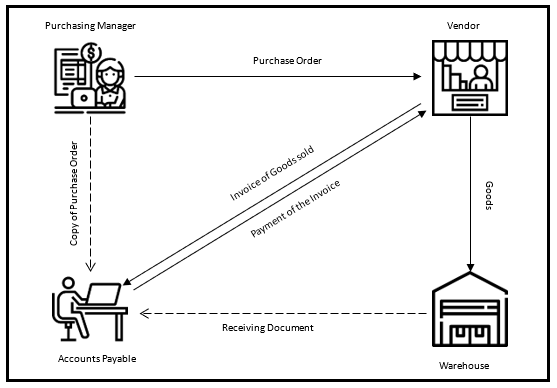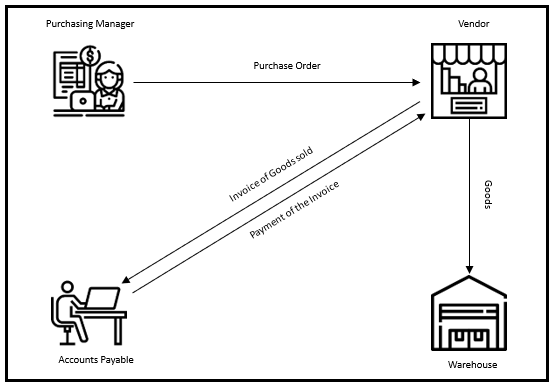Any organization that conducts Business Process Reengineering (BPR) helps to become more flexible and responsive to changes in market conditions. It helps businesses to gain a competitive edge over their competitors by providing information regarding better process optimization, better resource allocation, lead time reduction, and clarity for better decision-making.
This article is about BPR and Business Process Mapping. This article also states the connection between the two and how a company can benefit by conducting Business Process Re-engineering.
What is Business Process Reengineering?
Business processes are the procedures that enable an organization to operate efficiently. These processes are a collection of tasks linked to one another having a single motive to deliver the products or services to its client and accomplish the organization’s goal. Business Process Re-engineering is a fundamental redesign of these key processes to achieve significant enhancements in quality, productivity, and cycle times.
The core business functions are thoroughly examined and optimized to provide incremental improvements and enhance and automate them to deliver the desired results for the organization. This process may include eliminating redundant tasks, simplifying complex workflows, and using new technologies leading to significant improvements in productivity, quality, as well as customer satisfaction. It is a complex and challenging process that requires careful planning and implementation.
What is Business Process Mapping?
Business Process Mapping is a tool used to visually portray business processes that aid in a better understanding of the business. Process Maps define how the operational phases and inputs relate to the final product or service by documenting the process and identifying the loopholes as well as the areas of improvement within the organization. This process is also known as process flowcharting or process diagramming. It is a part of the Business Process Re-engineering.
Process documentation helps in provide a clear and structured overview of how a process works, highlighting the sequence of activities, decision points, inputs, outputs, and interactions between different stakeholders or systems. These documents are focused on what an organization does, why it works in that manner, what the criterion for success is, who is accountable, and when and where various stages will take place. Business process mapping is primarily used to increase transparency and enable firms to enhance their current procedures by producing a precise, in-depth visual depiction of operations.
Steps to perform Business Process Reengineering for your business.
The first step in implementing Business Process Re-engineering is to understand the business processes. Every process has a distinct set of activities that must be completed in order to obtain the final outcome. To examine this, the process is documented to understand the As-Is situation. With the help of visual mapping and documenting the sequence of activities, it provides a clear view of how processes are currently operating and helps in identifying bottlenecks, redundancies, delays, or other inefficiencies that can be targeted for improvement. Flowcharts depicting As-Is will give the current process sequence followed by an organization.
To-be process would involve depicting processes after removing all redundancies and having the most optimal process flow in place. To-be chart is prepared by using the as-is diagram to design the changes required to the current process. This will help organizations to identify opportunities for streamlining, automating, or optimizing the process thereby improving efficiency, quality, as well as customer satisfaction.
For an organization to reach the To-Be state, changes would be needed in people process and technology.
Business Process Re-engineering also involves redesigning the Management Strategy, Organizational Structure, and Associated Systems. These changes are implemented in the three core elements of a business i.e. People, Process, and Technology. Businesses can achieve organizational efficiency by balancing the three and optimizing the relationships between them.
The People:
People refer to the human beings in the organization, who use the technology to complete the process. Most organizations prefer to change the technology and adapt the people and process to it, but the main focus should be on the people. People are the most important element of the business. The process and technology should be adapted to it.
The major task is to hire the right people for the right job, having the right set of skills, knowledge, experience, and attitude. The company needs to clearly define the job role to the employee so that there is a mutual understanding of the role’s responsibilities.
The Process:
A process is a series of steps, or a combination of actions performed to achieve a particular goal. The process defines “how” aspect of the People Process Technology aspect. Processes are the functions which are performed repeatedly to achieve a similar goal independently regardless of who performs it.
Businesses should identify the set of processes and should focus on the key steps first. This will help with the process efficiency. Once the outline of the process is set, then the minute details and supporting activities can be identified and aligned with the process to achieve maximum output.
The Technology:
Technology is the tool that aids people to perform their tasks in the process. It is nothing without the right people following the right process to support it. Hence, it should be the last consideration after the problem is clearly understood, the talent is trained and recruited, and the process requirements have been defined.
This is the technology era where it keeps changing with the passing time, but the key is to select the right technology for the organization. Companies invest in expensive technology to get the benefit of strategic advantage but before doing that, they need to articulate the objectives of the technology, define the process, and train the people to use the technology to its fullest.
Case Study on Business Process Re-engineering:
We successfully performed Business Process Re-engineering for the Accounts payable department for one of our clients. The detail of the activity is mentioned below:

The client was a large-scale consumer product manufacturing company. The company was facing issues with the Accounts payable department where they had hired more than 500 employees to perform a similar job. The accounts payable department used to receive 3 different copies of the invoices for the materials that were purchased for the manufacturing of the products –
1. A copy of the Purchase order from the purchasing department.
2. Receiving documents from the warehouse where the materials were received.
3. Invoice from the Vendor who supplied the material.
The employees in the department used to manually verify the numbers on the documents and then issue payments to the vendors. This same process in the client’s competitors’ company was handled by less than 100 employees.

The process was re-engineered by making the below changes:
- Reviewed the business comprehensively from business strategy to operations and identified the areas having a prima-facie scope for improvement.
- Mapped the whole process to understand the workflow and find out possible outcomes.
- Suggested technology change across the department and reducing physical tally of the invoices.
- This helped in making the payments faster, maintaining the database in the system, and reduced the employee count.
Business Process Re-engineering helped the company with reduced labor cost, increased efficiency of the process, and database management. This led to the overall improvement in the productivity of the organization.
